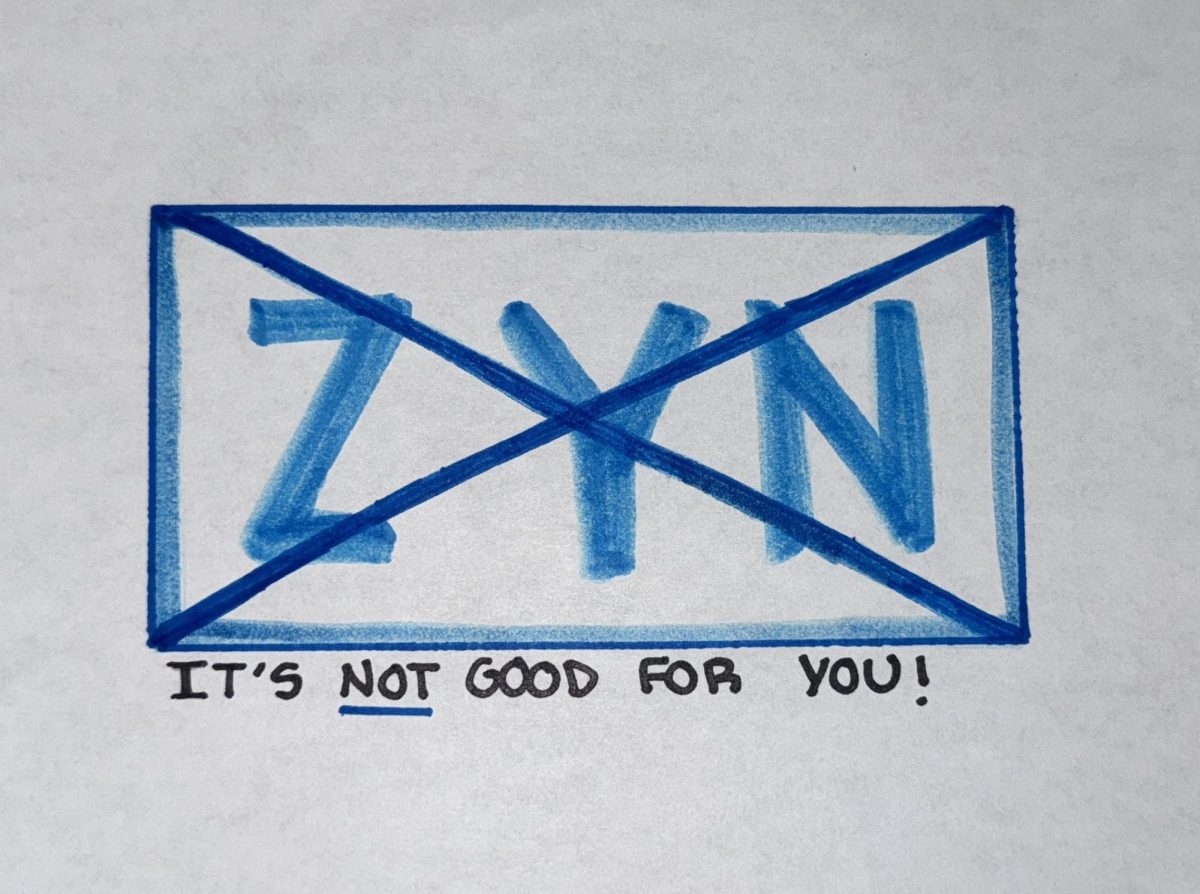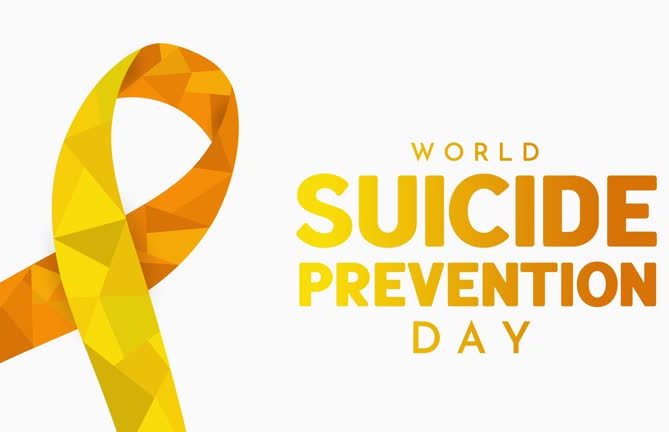Released in 2014, a popular brand called “Zyn” has become mainstream. Zyn markets itself as a hip and healthier new alternative to smoking and vaping: they are flavored nicotine pouches that come in a variety of flavors including berry, cinnamon, citrus, coffee, and peppermint. Nicotine pouches are small rectangles containing nicotine that is either synthetic or derived from tobacco and serve effectively as directly ingesting nicotine.
According to the American Lung Association, one study found there has been a 641% increase in sales of the products between 2019 and 2022, but just 2.9% of U.S. adults had ever used a nicotine pouch (American Lung Association, 2023). The marketing claims they are “intended for individuals aged 21+ to help them quit using traditional tobacco products.” However, not only are these pouches not FDA-approved quit medication, but a study done by the Centers for Disease Control and Prevention (CDC) in 2023 said that about 1.5% of middle and high school students reported using nicotine pouches in the last 30 days (CDC, 2023). That’s compared to 10% who reported using any tobacco product, which includes cigarettes, cigars, e-cigarettes, and nicotine pouches. According to the National Institute on Drug Abuse (NIDA), the use of nicotine products among high school students has been rising.
In 2021, about 11% of high school seniors reported using nicotine pouches, a significant increase from previous years (NIDA, 2021). Unsurprisingly, there are even “Zynfluencers” who promote the product on social media. In addition to their strong attraction to younger consumers, these pouches are only somewhat effective at encouraging users to quit cigarettes and vapes; the American Lung Association adds that “of the U.S. adults who currently use nicotine pouches, only about 35% had previously smoked cigarettes and of those, only 10% were able to stop smoking and switch to pouches completely” (American Lung Association, 2023). This is not quitting; this is merely switching to another nicotine product sold by the tobacco industry to sustain lifelong customers. It also means that 65% of their users have never smoked, making them new users.
Zyn and its competitors are only gaining strength; the Business Research Company notes that the nicotine pouches market size has grown exponentially in recent years. It will grow from $5.17 billion in 2024 to $6.73 billion in 2025 at a compound annual growth rate (CAGR) of 30.1% (Business Research Company, 2023). Douglas Hendericks, an 11th-grade student at Corona del Mar High School, believes that “students need to learn all the harmful effects that these products cause and the long-term risks they can pose to one’s health. This problem is more prevalent than ever before and awareness is crucial.” Additionally, in the journal Tobacco Control, researchers found that “parents often underestimate the prevalence of nicotine product use among their children, particularly with newer products such as nicotine pouches and e-cigarettes” (Tobacco Control, 2023).
Zyn is not simply an attempt at creating a safer path to stopping addiction. It is a product directly designed to be attractive to new, often young, consumers, creating potential lifelong users for the tobacco industry and nicotine addicts. The harms cannot be overlooked, and people should educate themselves on Zyn in order to make safe, healthy choices.














